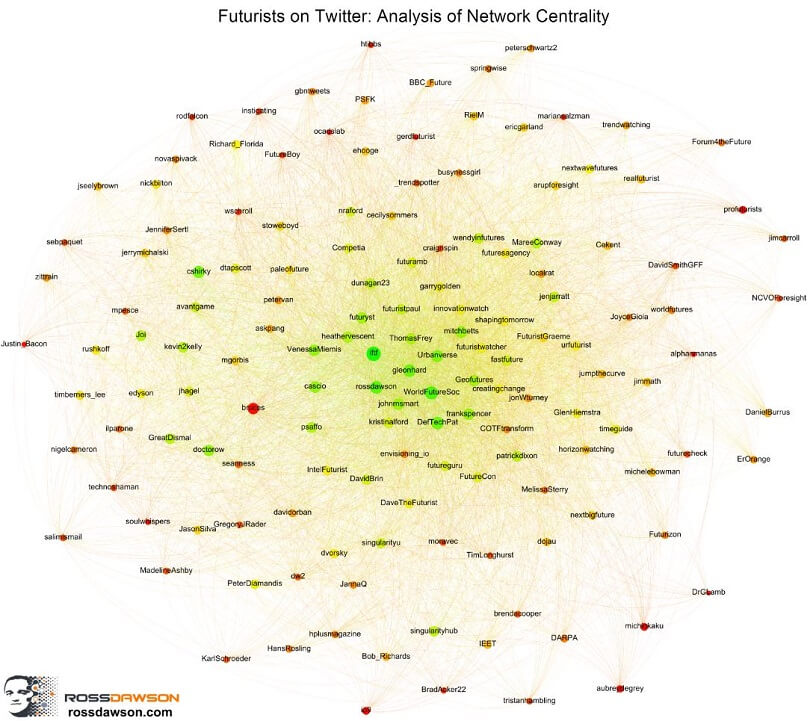The future is bright for futurists: 5 crucial characteristics of their craft

Futurists are in a fortunate position: their insights will be sought after as long as we believe the future will be different from today. In the present age of rapid change, global demand for futurists is booming. Powerful leaders at high-profile companies like Google, Microsoft and Visa regularly consult with futurists.
However, as more and more people aspire to become futurists, it is important to clarify what a futurist actually does. The overarching role of a futurist is not to provide outsourced thinking about the future, says leading futurist Ross Dawson. What, then, does Dawson see as the role of a futurist? Read on to discover five key facets of this exciting profession.
1. Helping people think for themselves
Forecasting is not a futurist’s primary goal. In fact, predictions can hinder people’s capacity for independent thinking. As Ross Dawson states, the role of a futurist involves helping everyone to “become their own futurist, to think more broadly, to be open to different ideas”. Over the past fifty years, futurists have differentiated themselves from their less credible historical counterparts, partly by extending their role beyond forecasting. Today’s futurists are less likely to say what the future will be than to describe how or why a future could appear, asserts the Association of Professional Futurists (APF). As Dawson has told the Australian Financial Review, “A prediction can have negative value, by misleading people, by taking away all the uncertainties and the possibilities.”
2. Inspiring leadership
A true futurist aims to encourage leadership at all levels. In a keynote speech delivered before the Dutch Future Society, Dawson examined the role of the futurist as leader. Futurists “need to help others to think forward and in turn to act better today”, Dawson noted. This is vital because “we are at a critical juncture in human history, when actions we take—or do not take—today will shape our collective future to an extraordinary degree”.
3. Transcending boundaries
The most important aspect of thinking about the future, Dawson emphasizes in a blog post, is that “the future transcends boundaries”. Whether you are planning for change in a company, an industry, a geographical region or any other domain, “the key issue is how its boundaries will change and what new possibilities will come from outside. However limited the scope of your interest, you need to consider almost everything, across society, technology, business, and the evolution of humanity.”
4. Provoking new ways of thinking
For people who struggle to embrace change, the insights of a futurist may not always be welcome. Therefore, the role of a futurist is sometimes that of a provocateur, Dawson remarks in a discussion with futurist Gerd Leonhard. Provoking people into taking action can be easier for external futurists than it is for in-house futurists, because the latter may struggle to transcend the boundaries and expectations of their industry. As Dawson states, “For a futurist it is uniquely valuable to come from outside the given system, be it in personal background, industry experience, or geographical location.”
5. Managing information overload
In today’s highly networked world, the sheer volume of data can be overwhelming. In this context, a futurist can help by making sense of information: filtering it, connecting ideas, and communicating them in an accessible format. This process can assist time-poor business decision makers to look beyond the short-term future and make tangible adaptations to change. Whether drawing out the obvious or transcending the obvious, a futurist can remind us, Dawson asserts, that “The future is not predetermined. By understanding the nature of change we can act to create a better future.”
The role of a futurist, therefore, involves helping others to shape a bright future by teaching them how to make well-informed decisions today.
Image source: Alice Popkorn




